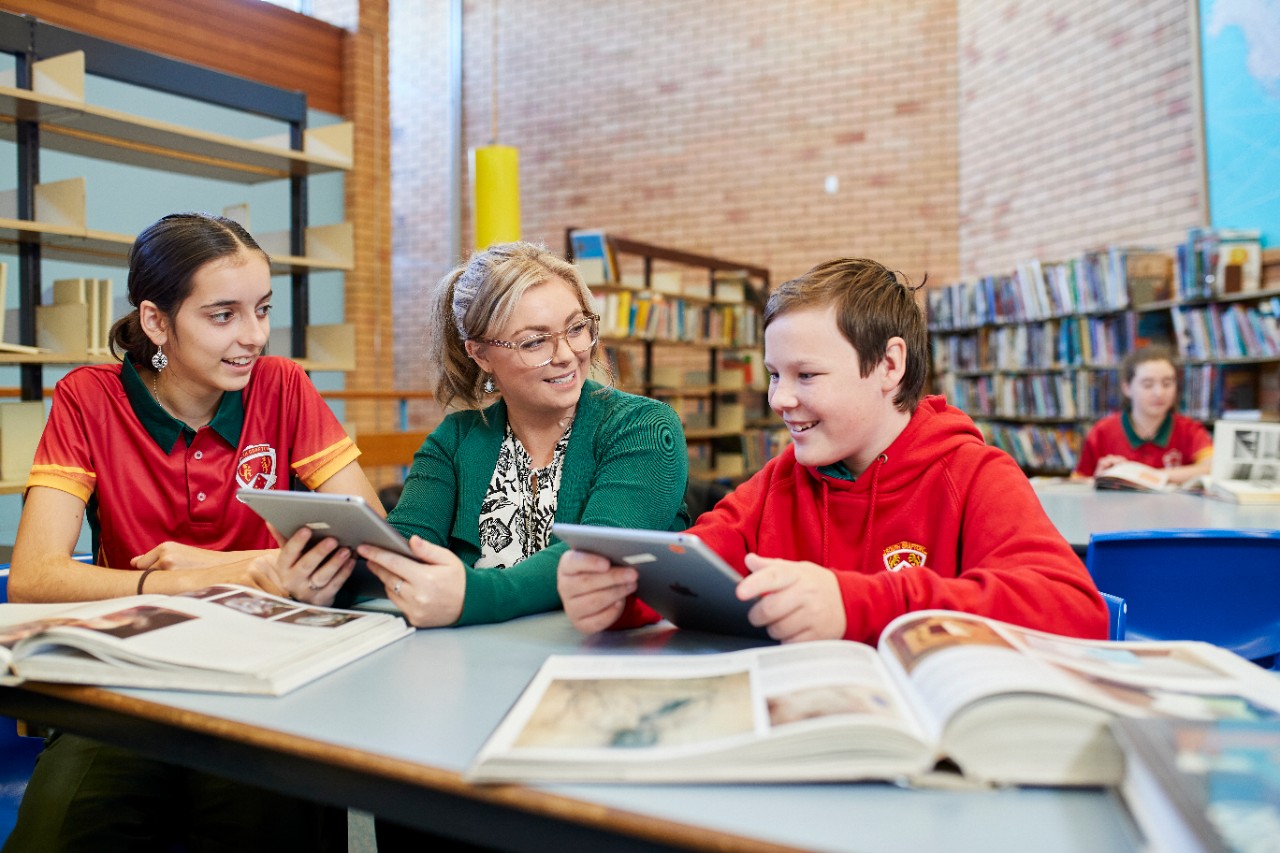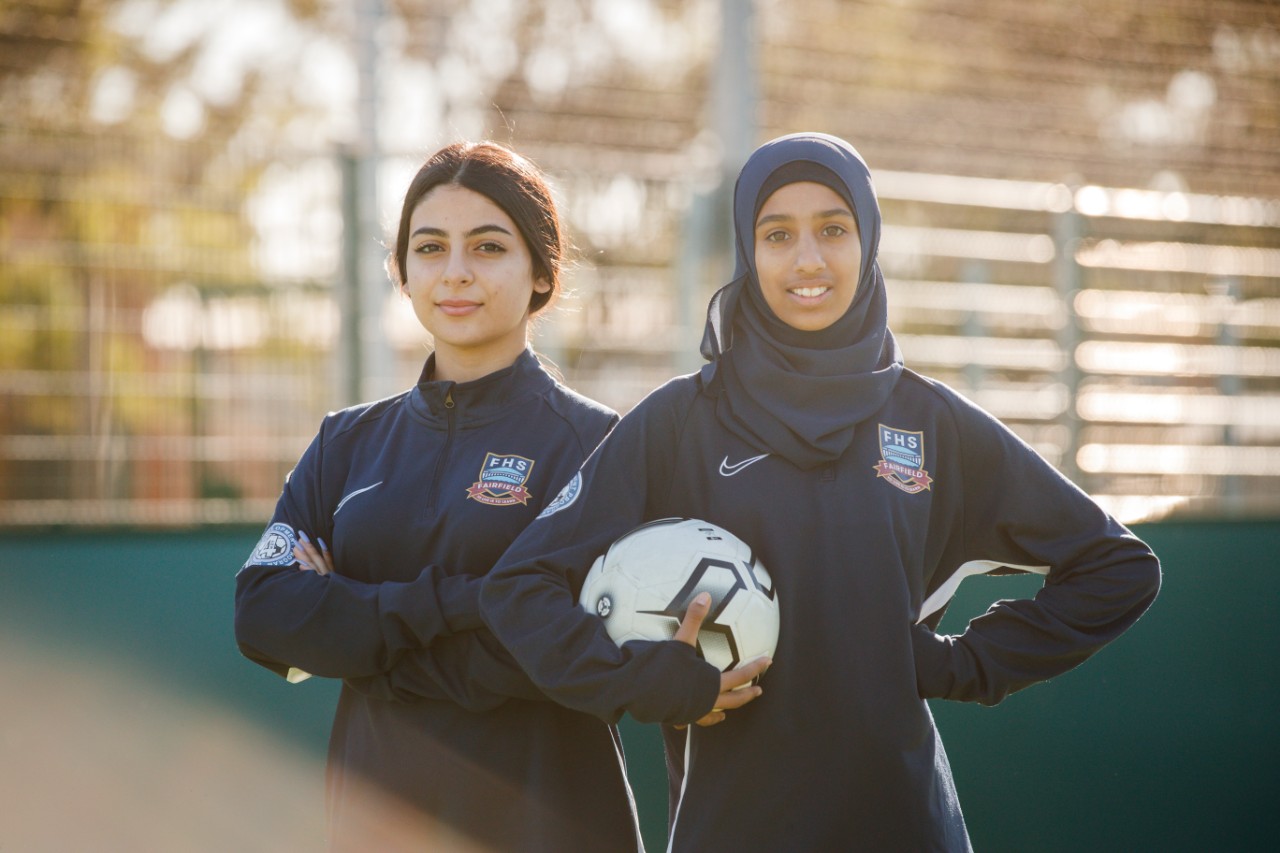Physical disability
Build on student strengths and support the learning and wellbeing of students with physical disability across all aspects of the curriculum.
About physical disability
Some students with physical disability will walk independently, while others will use mobility aids (for example, ankle supports, crutches or wheelchairs). Some students may need support with completing everyday tasks by themselves. They may need extra time to concentrate, learn and practise new skills.
Strengths
Students with physical disability have different strengths depending on how they might be affected by the condition. Some students with physical disability have great self-determination skills.
Some students are strong visual learners and are able to process and maintain visual information.




School Excellence Framework alignment
Wellbeing, Curriculum, Effective classroom practice
Australian Professional Standards for Teachers alignment
Standard 1: Know students and how they learn
Audience
Secondary teachers
Purpose
Strategies to support students with physical disability. Including: Evidence-based practices, best practice tips, curriculum considerations and other considerations for teachers of students with physical disability.
Reviewed
November 2021. Share your feedback here